Resistance: The Underground War in Europe, 1939-1945
£17.10£19.00 (-10%)
*WINNER OF THE WOLFSON HISTORY PRIZE 2023*
*A NEW YORKER BOOK OF THE YEAR*
‘The best book about the subject I have ever read’ Max Hastings, Sunday Times
A sweeping history of occupation and resistance in war-torn Europe, from the acclaimed author of The Eagle Unbowed
Across the whole of Nazi-ruled Europe the experience of occupation was sharply varied. Some countries – such as Denmark – were within tight limits allowed to run themselves. Others – such as France – were constrained not only by military occupation but by open collaboration. In a historical moment when Nazi victory seemed permanent and irreversible, the question ‘why resist?’ was therefore augmented by ‘who was the enemy?’.
Resistance is an extraordinarily powerful, humane and haunting account of how and why all across Nazi-occupied Europe some people decided to resist the Third Reich. This could range from open partisan warfare in the occupied Soviet Union to dangerous acts of defiance in the Netherlands or Norway. Some of these resistance movements were entirely home-grown, others supported by the Allies.
Like no other book, Resistance shows the reader just how difficult such actions were. How could small bands of individuals undertake tasks which could lead not just to their own deaths but those of their families and their entire communities?
Filled with powerful and often little-known stories, Halik Kochanski’s major new book is a fascinating examination of the convoluted challenges faced by those prepared to resist the Germans, ordinary people who carried out exceptional acts of defiance and resistance.
‘A superb, myth-busting survey of the many ways in which the subjugated peoples of Europe tried to fight back’ Saul David, Daily Telegraph
Read more
Additional information
| Publisher | Penguin (2 Mar. 2023) |
|---|---|
| Language | English |
| Paperback | 960 pages |
| ISBN-10 | 0141979011 |
| ISBN-13 | 978-0141979014 |
| Dimensions | 13 x 5 x 19.8 cm |

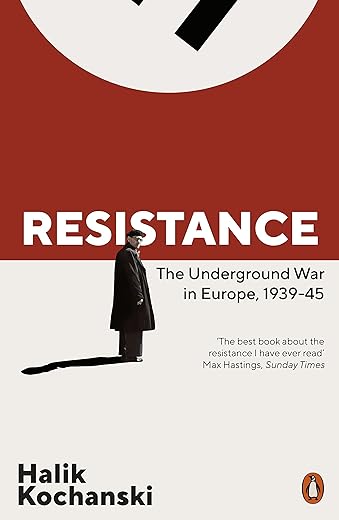
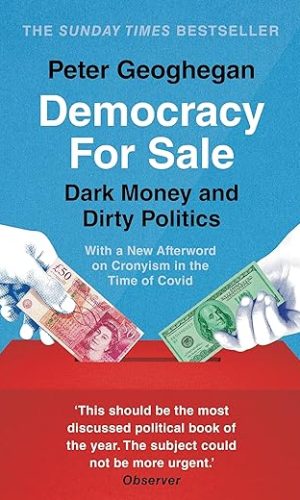
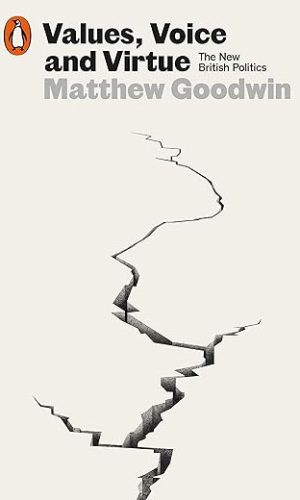

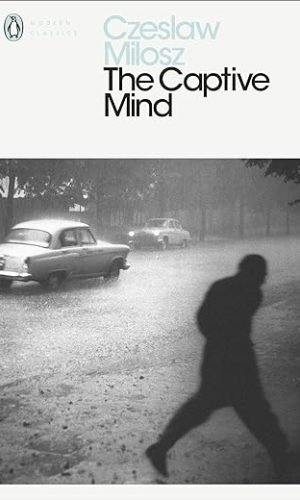



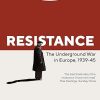
by snugglepeeps
Pages are starting to fall out which unacceptable considering price if the book on the strength of that I would not recommend purchasing it which is disappointing as it is a fascinating read by an author who has obviously accrued knowledge and information from many sources
by Dr Tolstoyevsky
Well, where do I start…?
This has to be one of the best, most thoroughly researched & comprehensive books that I’ve read. The quality of the research here is astonishing.
This mighty tome is sure to become THE authoritative text on the subject of resistance during WWII.
The style is engaging & although I’m only a few chapters in – in certain places this book reads like a well crafted, engaging & fast paced novel.
I cannot remember a time when I was SO excited about a book.
There are other similar books (Clay’s ‘The Good Germans’ or Pike’s ‘Silent Village’ or Batalion’s ‘The Light of Days’ – by way of examples) and although these books are excellent, Kochanski’s ‘Resistance’ is the cream on top of the milk. As I say, I’m only a few chapters in but already I’m agreeing with what others have said: this is second to none.
If you are at all interested in WWII or the topic / subject of resistance then you will definitely enjoy this wonderful, wonderful book.
Buy ‘n’ Enjoy
by Dee
it cover every country that the Germans took over france greece russia full information on who who and and names of groups what happened to individuals it will become a reference book for research and historians brilliant book
by Iain Shepherd
An illuminating history of dark times. It describes very well the different degrees of repression (reprisals were far more brutal in Poland than France for instance), the different degrees of collaboration and the different ways to resist- helping airmen escape, clandestine newspapers, intelligence gathering and communication, strikes, hiding Jews, sabotage, insurrection, counter-scorch and the different loyalties – to the occupiers, to the collaborating government, to a home-grown Nazi party, to the Communist Party, to Stalin, to the government in exile, to the king etc. Some of the groups put more emphasis on fighting other groups than the occupiers. Ex SOE (British Special Operations Executive) provided much information although the author thinks they were mistaken in giving their full support to Tito rather than other groups. It is an important book, not only because what happened then has ramifications even today, but also because we need to make sure that it never happens again. And, if it does, that we have the courage to do the right thing although, as the book explains, the choices are not obvious or easy.
by Andrew Rollason
I found this a clearly written book which I enjoyed. I would recommend this is a must read. Be aware the hardback has 950+ pages with so its physical weight I found a challenge.
Because it’s so wide ranging I’m sure there are factual errors as another reviewer has pointed out. Its amazing how many history books have errors.
I would say despite the above it is one of the best books on WW2 I’ve read over the last 60 years
by Meic Pearse
I am only just getting started on this impressive tome — but I already have serious doubts that I will finish it. My confidence in the author has been shaken by too many factual errors in the particular area of my knowledge — leaving me very unsure as to her reliability in the many areas about which I know far less.
The examples I give below concern the Balkans.
Lest the reader quickly scroll on, assuming I am a crazed partisan for some cause or nationality, absurdly indignant that his prejudices have not been satisfied by Halik Kochanski’s book, let me stress that I have no brief whatsoever for ANY of the competing Balkan nationalisms, nor for socialism, nor any other ideology save that of strict factuality. And it is by this measure that the book shows a lack of sureness of touch.
Some examples:
p. 6
Of Albania: “The population was largely tribal, split between the Ghegs of the north and the Tosks of the south, and neither tribe owed much allegiance to the central government in Tirana.”
“Neither tribe”. The Albanians were divided into many tribes — not just two. The Gheg-Tosk division is linguistic — but the tribal divisions were far more complex.
pp. 15-16
The first, royal Yugoslavia “incorporated the republics [sic!] of Slovenia, Bosnia-Herzegovina, and Montenegro, which had been under Austrian rule”….
This is a very strange way of putting the matter: Montenegro had been ruled by Austria only by military occupation from 1915. It had not been a part of the Empire in the same sense as the first two regions (or ‘republics’ — ha!).
“… and included parts of Macedonia which had been Bulgarian”: this falls under the same criticism as the previous statement. War-time only. Before that, it had been Ottoman until 1912, and Serbian thereafter.
I know of no other historians who use wartime occupation as a measure of ‘hitherto’ status.
p. 17
“Before the [Second World] war, both the Germans and the Italians had sponsored Croatian separatism. The Italians had supported Ante Pavelić, who led the Ustaše movement which was ideologically akin to fascism; the Germans, on the other hand, supported Vladko Maček, who, as leader of the popular Croatian Peasant Party, appeared to be able to guarantee widespread support for a new regime.”
This is all a little flaky.
Pavelić and his Ustaše had indeed found sanctuary in Italy during the 1930s. But Mussolini and his government, though broadly supportive, rightly considered them dangerous fanatics, and kept Pavelić imprisoned for 18 months after the 1934 assassination of King Alexander, and him and his followers interned thereafter.
It is true that Hitler offered Maček the post of prime minister of the newly ‘independent’ state of Croatia in March 1941, and that the latter refused. But Maček had not, as Kochanski implies, had any previous German sponsorship; he and his movement were very far removed from fascism of any variety, and he shortly found himself imprisoned by the vicious new state that had been created.
p. 21
“It has been estimated that at least 500,000 Serbian men, women, and children were murdered on a variety of pretexts during 1941.”
Really? The likely figure for all Serb deaths in WW2 is 530,000. It is highly improbable that well over 90% of those occurred within 9 months of the Nazi assault and occupation.
She gives no source — but it seems that it must be one of the improbably-high-end figures from either post-war Communist or Serb nationalist sources, both of which had a vested interest in inflating figures that were already quite frightful enough.
Kochanski’s previous sentence speaks of a “massive influx of Serbs [into Croatia]”; the implication is that these were among the peoples expelled southwards from German-annexed parts of Slovenia (since that is what her previous sentence was speaking about). But there were — and are — very few Serbs in Slovenia to expel. Certainly not enough to count as a “massive influx”. And, in 1941, there was no influx from anywhere else. Indeed, the newly created “independent State of Croatia” already had at least 1.6 million indigenous Serbs — around 30% of its population, and it was these who were assiduously being slaughtered.
If Kochanski displays such a wobbly grasp on matters about which I know … why should I rely on her concerning the very much larger areas about which I am less well informed?
The scope of this volume, it has to be said, is VERY ambitious — much though a single-volume treatment and comparison of wartime resistance is a thing to be desired. It might require someone with encyclopaedic knowledge to pull it off. I’m just not sure this is it.
by cobithecat
Very well written book. Full of detail about the period. Surprisingly easy to read. Highly recommended.
by Dr Tolstoyevsky
Bravo. A tour de force of Resistance activity during WW2. Written with precision and enough detail to make it interesting to academics and the general reader. The level of detail is great without overwhelming. The prose flows freely without turgidity and it is a page turner if you are interested or curious about WW2 resistance movement. Pair this book with Underground Asia by Tim Harper and you will be very well informed how insurgents fought back against oppressors across the world. As far as this book goes – it’s highly recommended.